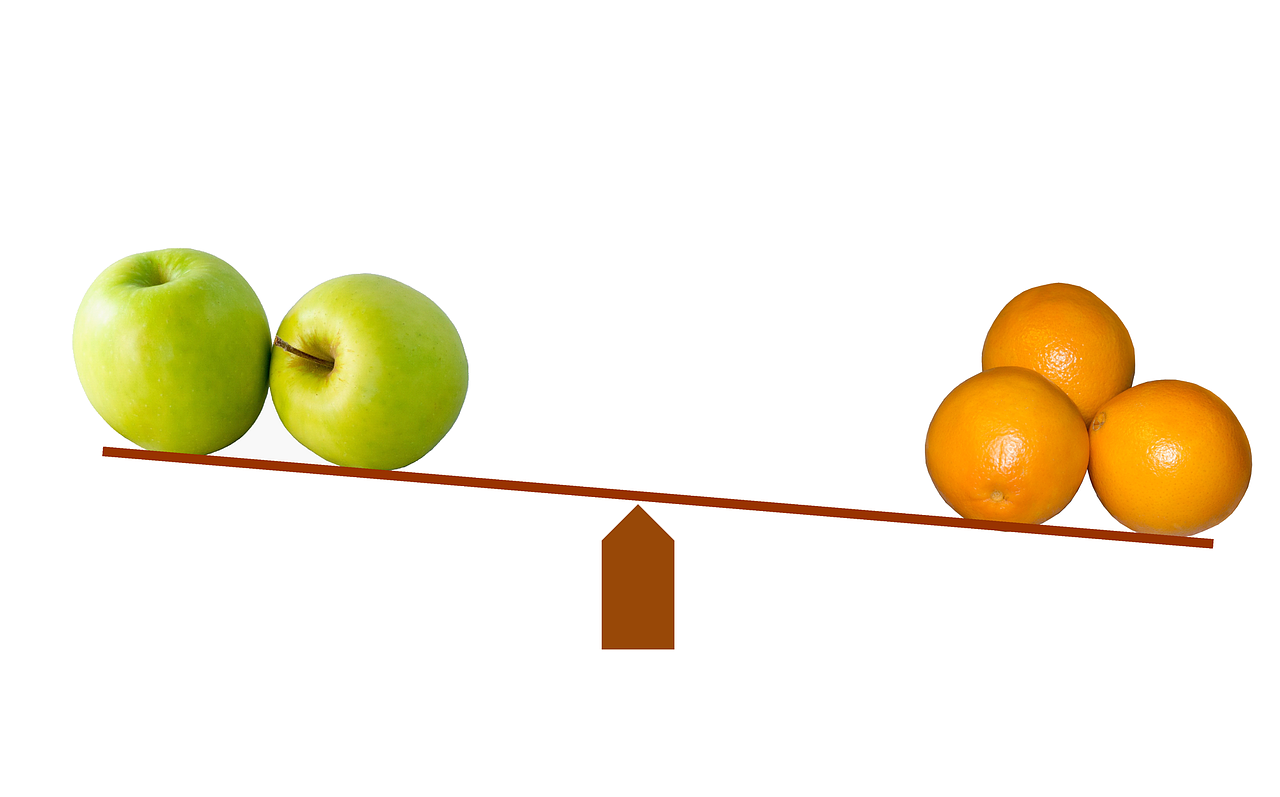Month: November 2018
-

Expensive wine does taste better.
When wine lovers drink wine they believe to be expensive, blood oxygen increases in the area of the brain concerned with feeling pleasure. This was shown in research by Plassman et al in 2008. The wine actually tastes better to them just because they think it is expensive and therefore believe it is good quality.…
-

You are hopeless at noticing change.
You are hopeless at noticing change In 1998 Simons and Levin performed an experiment to show just how bad people are at noticing change. A person with a map would approach someone, acting lost, and ask them how to get to somewhere. Whilst that person (an inadvertent participant in the experiment) tried to describe the…
-

“I wish they would just get on with Brexit”: an example of the sunk cost fallacy?
In case you haven’t noticed, there is a little thing called Brexit being discussed a bit these days. I have heard several politicians claiming that people tell them they wish the politicians would just get on with it. It is suggested that now we have come this far down the path, we might as well…
-

Every memory is a shabby reconstruction.
Every memory is a shabby reconstruction. Think back to an event in your past. A birthday, a night out, a chance meeting. Bring back that memory. It may seem to you that the memory comes to you whole, but it doesn’t. It is merely a flawed reconstruction. Every time we dredge up a memory we…
-

Marketers love you to compare.
Marketers love you to compare. Imagine you have invented a new gadget and put it into the shops at $279. As it is a completely new product, there is nothing to compare it with. How can anyone judge whether that is a good price or not? The answer is, they cannot. This is the problem…
-

You just cannot help comparing.
You just cannot help comparing. If you want to judge a quality such as its attractiveness, the only way to do it is by comparison. You find something similar and decide which is the most attractive. Unless you have a clear-cut, objective way of measuring what you have to judge, you simply have to seek…
